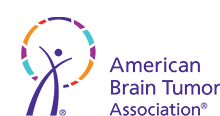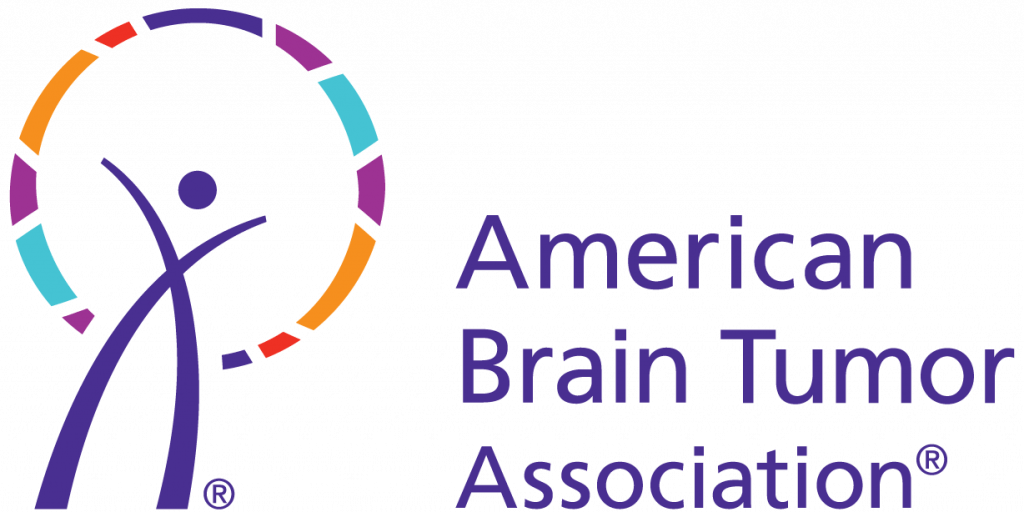Atypical Teratoid Rhabdoid Tumor, also referred to as ATRT, is a rare, high-grade tumor that occur most often in children age 3 and younger. They can appear as a large, bulky mass, tend to be fast-growing, and may spread through the central nervous system.
Location
Symptoms
Treatment
Prognosis
Prognosis means a prediction of outcome. This information is usually based on information gathered from groups of people with the same disease. It is important to remember these statistics are not individualized.
Survival in ATRT is dependent on age at diagnosis, extent of surgery, therapy utilized, presence of rhabdoid tumor predisposition syndrome, and if the tumor has spread. The poorest survival is in young infants and patients with metastatic disease; in contrast, the highest survival is in children ≥3 years old at diagnosis without metastatic disease treated with aggressive surgical resection, chemotherapy, and radiation therapy.
The 5-year relative survival rates for ATRT by age group are as follows:
- Children (ages 0-14): 47.8%
- Adolescents and Young Adults (ages 15-39): 41.5%
- Adults (ages 40+): 24.6%
Incidence
ATRTs are a very rare tumor, accounting for less than 100 cases per year. However, they comprise up to 50% of central nervous system tumors diagnosed in children in their first year of life.
Age Distribution
Risk Factors
Molecular Profile
Molecular profiling is the detection of specific genes, proteins, or other molecules in a tumor. This information helps confirm tumor diagnosis, inform treatment options, and predict prognosis.
More than 95% of ATRTs are characterized by an inactivating mutation or deletion in the gene SMARCB1 (also known as INI1), while the remainder have a similar change in the gene SMARCA4. These tumors rarely have any additional shared mutations or genetic changes.
Three molecular subgroups of ATRT have been identified: ATRT-MYC, ATRT-SHH, and ATRT-TYR. These subgroups differ in age of onset, location, and incidence of metastases; current and planned studies are assessing if there are differences in response to therapy and survival between these molecular subgroups.
Additional Resources
Content last reviewed:
April 2022 by Holly B. Lindsay, MD, MS and Donald Williams (Will) Parsons, MD, PhD




